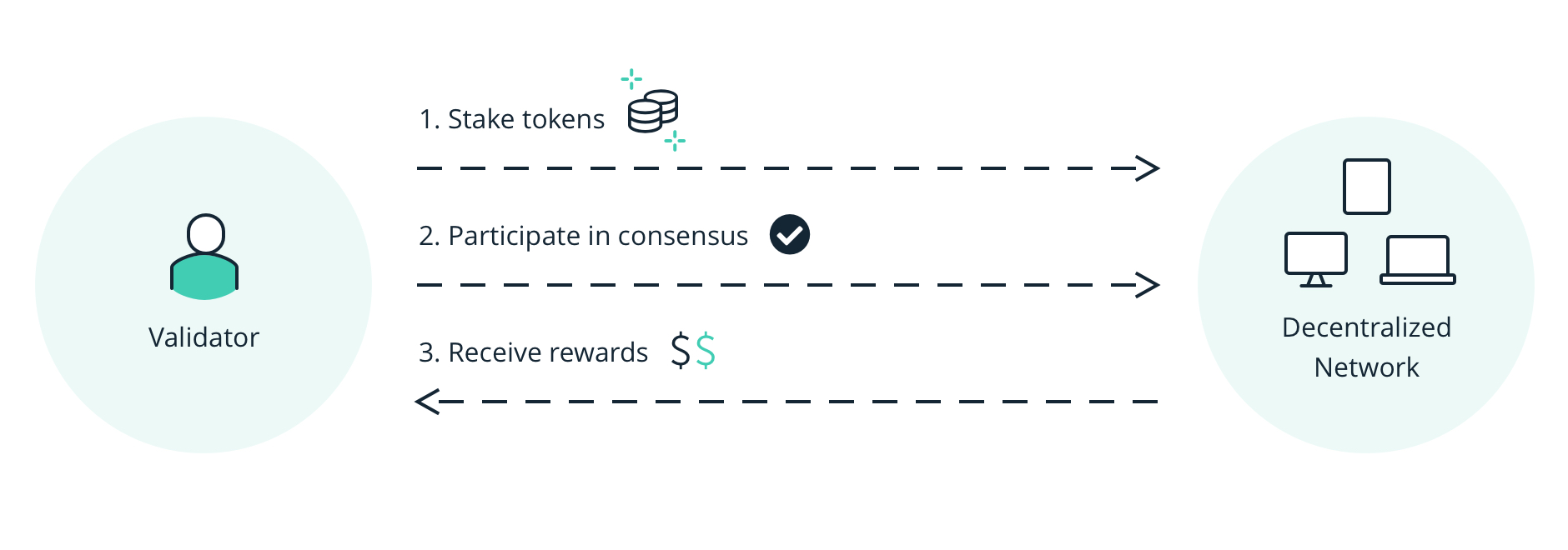The most important priority of a blockchain project is to have a consensus that will ensure decentralization. This consensus must be fast, secure and sustainable. In the Proof-of-Stake consensus model, transactions are very fast and cost is close to zero.
The OXO Chain creates blocks with 0 selected validators.
OXO Chain using delegated Proof-of-Stake consensus.
It’s faster and greener than PoW consensus blockchain networks.
A consensus mechanism is a fault-tolerant mechanism that is used in computer and blockchain systems to achieve the necessary agreement on a single data value or a single state of the network among distributed processes or multi-agent systems, such as with cryptocurrencies. It is useful in record-keeping, among other things.
On the Bitcoin blockchain, for instance, the consensus mechanism is known as Proof-of-Work (PoW), which requires the exertion of computational power in order to solve a difficult but arbitrary puzzle in order to keep all nodes in the network honest.
Public blockchains that operate as decentralized, self-regulating systems work on a global scale without any single authority. They involve contributions from hundreds of thousands of participants who work on verification and authentication of transactions occurring on the blockchain, and on the block mining activities.
Proof-of-stake (PoS) is a consensus algorithm for blockchain networks that is based on randomly selected validators, who “stake” the native network’s tokens by locking them into the blockchain, to produce and approve blocks. Validators are rewarded based on their total stake, incentivizing nodes to validate the network based on a return on investment (ROI).

